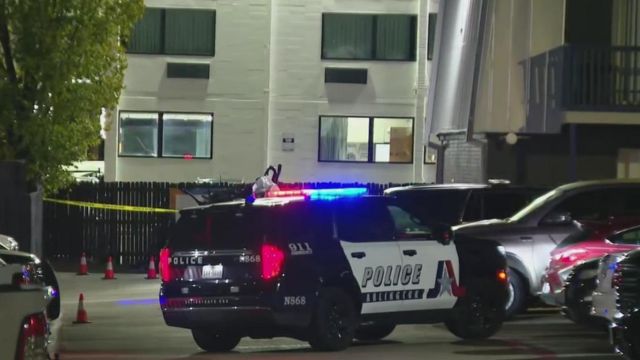The use of body cameras in New York prisons has exposed deeply rooted issues of violence, particularly with the recent revelation of assaults taking place in the supposed sanctuary of prison infirmaries.
As reported by Gothamist, a harrowing incident at Marcy Correctional Facility led to the death of an inmate, Robert Brooks, after being beaten by officers inside an exam room.
This instance was a part a grim pattern of alleged abuse cases within New York’s medical wings, with The Marshall Project uncovering 46 allegations against corrections officers since 2010.
Miami-Dade Woman’s Murder: Ex-Boyfriend Arrested After Toddler Found Wandering Alone
These incidents range from beatings to more sinister claims of chokeholds, and even rape—a sobering testament to the potential misuse of power within prison walls.
Despite body cameras being touted as tools for transparency and accountability, the real-world application seems to have faltered during the assault of Brooks.
According to USA Today, the officers involved were likely unaware that their cameras could automatically record brief footage, even when not manually activated.
This critical feature, designed to capture events half an hour before activation, provided video evidence of the deadly altercation, despite the assumption by the officers that, the assault went undetected.
The case of Brooks is not an isolated event, drawing attention to similar instances of brutality within medical units of the penal system.
The killing led to murder charges against six officers, showcasing the severe impacts of abuses of power.
The fallout has been significant, with Corrections Commissioner Daniel Martuscello III ordering that all security staff with body cameras must record when around prisoners, including in medical settings.
“It’s on us to create a culture that isn’t based in violence and respects the lives of everyone in our care,” Martuscello said in a statement obtained by Gothamist, indicating steps taken to address this endemic issue.
Beyond the repercussions for specific officers involved, the incidents have ignited calls for systemic reform. Surveillance measures, such as body cameras, reveal only a fraction of the issue—pointing to a need for overarching changes in prison culture and practices. As these cases come to light, public scrutiny intensifies and the push for justice and reform within these institutions grows stronger.
As Brooks’ father, Robert Ricks, told New York lawmakers, “There are a lot of atrocities that take place in the prisons,” highlighting that such incidents weren’t widely acknowledged until recent exposures, as reported by Gothamist.







